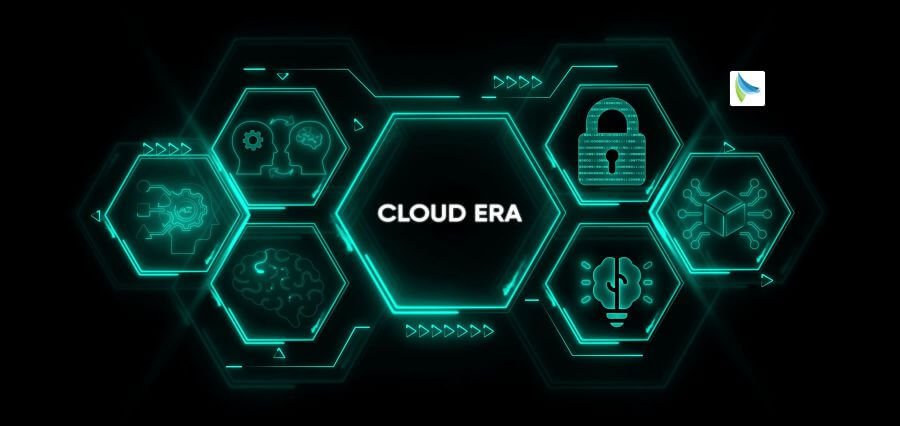In a time of speed defined by data, disruption, and endless change, the digital innovation leader role has never been more vital. Charged with guiding organizations through cycles of technological disruption, digital innovation leaders are more than change managers; they’re visionaries who bridge gaps between the future’s promise and the constraints of the moment.
As emerging technologies revolutionize industries, it is critical that digital innovation leaders are informed, responsive, and visionary. Here’s what all digital innovation leaders must know to succeed in today’s rapidly evolving world.
Familiarity with the Emerging Technology Landscape
The first move for any digital innovation leader is to get to know the technologies transforming industries. From artificial intelligence (AI), machine learning (ML), and blockchain to quantum computing, 5G, edge computing, and the metaverse, the innovation pace is merciless.
These technologies are already deployed—they’re being rolled out across sectors such as healthcare, finance, manufacturing, logistics, and education. AI, for example, is revolutionizing customer service through chatbots and predictive analytics. Blockchain is revolutionizing supply chains with greater security and transparency. A digital innovation leader needs to figure out where each technology stands on its maturity curve and evaluate how it might impact their business.
Aligning Tech with Business Strategy
New technologies themselves do not instill transformation—strategic alignment does. A discerning digital innovation leader doesn’t chase trends but views technology adoption in order to achieve a certain business objective. This involves scanning for pain points or growth areas and how new tech can provide quantifiable value.
For instance, implementing robotic process automation (RPA) on back-office processes can help save costs and enhance efficiency. But if customer experience is the core issue at hand, then spending on AI-based personalization platforms might pay greater dividends. The difference lies in being goal-focused, not tech-for-tech’s-sake.
Building a Culture of Innovation
Technology is only as good as the human beings who use it. Perhaps the most underappreciated work of an innovation leader in the age of the digital is creating an internal culture that welcomes change, experimentation, and learning.
Creating innovation laboratories, rewarding innovative problem-solving, and cultivating cross-functional collaboration are key processes. Psychological safety, generated from not having the fear of speaking up with ideas or concerns, should also be fostered by the leader. That is where innovation occurs not due to top-down orders but due to bottom-level initiative and curiosity.
Managing the Risks of Rapid Adoption
With the speedy rate of innovation, there is great danger—data privacy issues, ethical dilemmas, cybersecurity attacks, and possibly job loss. A responsible digital innovation leader has to balance the advantages of new technologies against these risks.
Consider AI, for example. Sure, it can make decisions, but it also creates the problem of algorithmic bias and openness. Blockchain is secure, but regulation is still in the works. Good governance systems, compliance with the law, and always balancing the ethical effects of technology decisions must be maintained by leaders.
Building Future-Ready Teams
No matter how sophisticated a technology is, it cannot reach its potential if there is no right talent powering it. Perhaps one of the most important tasks for a digital innovation leader is investing in ongoing learning and upskilling.
Upskilling and reskilling programs must focus on technical skills such as data science, cybersecurity, and cloud computing as well as softer skills such as critical thinking, adaptability, and emotional intelligence. By building adaptable, diverse teams, leaders will build an organization that’s not just change-ready but built for change.
Leverage Data as a Strategic Asset
Data is the fuel that drives innovation in the digital economy. Data drives smarter, faster, and better-informed decisions from customer and operation performance, market trends, to predictive analytics.
A data literate champion in the organization is what a digital innovation leader ought to be. It is about creating data governance standards, democratizing analytics tool accessibility, and threading data-driven thinking into all decisions. Data needs to be threaded into organizational DNA for true digital transformation to be achieved.
Throwing Agility Over Perfection
In a world wherein the only constant is change, perfection is a progress killer. The best digital innovation leaders understand that holding back for the “perfect” solution most of the time is tantamount to losing the opportunity.
With rapid prototyping, adopting agile practices, and promoting iterative development, organizations can experiment, adapt, and learn in real time. This “fail fast, learn faster” philosophy guarantees that innovation is not stifled by bureaucracy or fear.
Staying Ahead of the Curve
To innovate ahead of the curve, one needs to remain a student of change. An effective digital innovation leader consistently tracks technology trends, interacts with thought leaders, contributes to industry forums, and utilizes networks to remain aware.
Buying entry to research magazines, going to innovation summits, and working with academic or startup collaborators are all great ideas for remaining on the bleeding edge. Innovation is never a singular act but an ongoing process—and leaders need to be constantly learning in order to remain up-to-date.
Final Thoughts: Leading With Vision and Empathy
At its core, digital innovation isn’t simply about embracing new technology—it’s about fixing issues and enhancing lives. A digital innovation leader has to contain the thrill of innovative solutions with the seriousness of impactful responsibility.
This involves hearing from stakeholders, honoring the pace of organizational transformation, and always keeping human at the center of digital transformation. Technology is the enabler; leadership is the separator.
Amidst this ever-changing environment, being a digital innovation leader is as much of a challenge as it is a reward. Keeping current, strategic, and astute, these leaders are able to pave the way to the future—one innovative idea at a time.
Read More: How the Business Ecosystem Architect Transforms Organizational Networks?
















